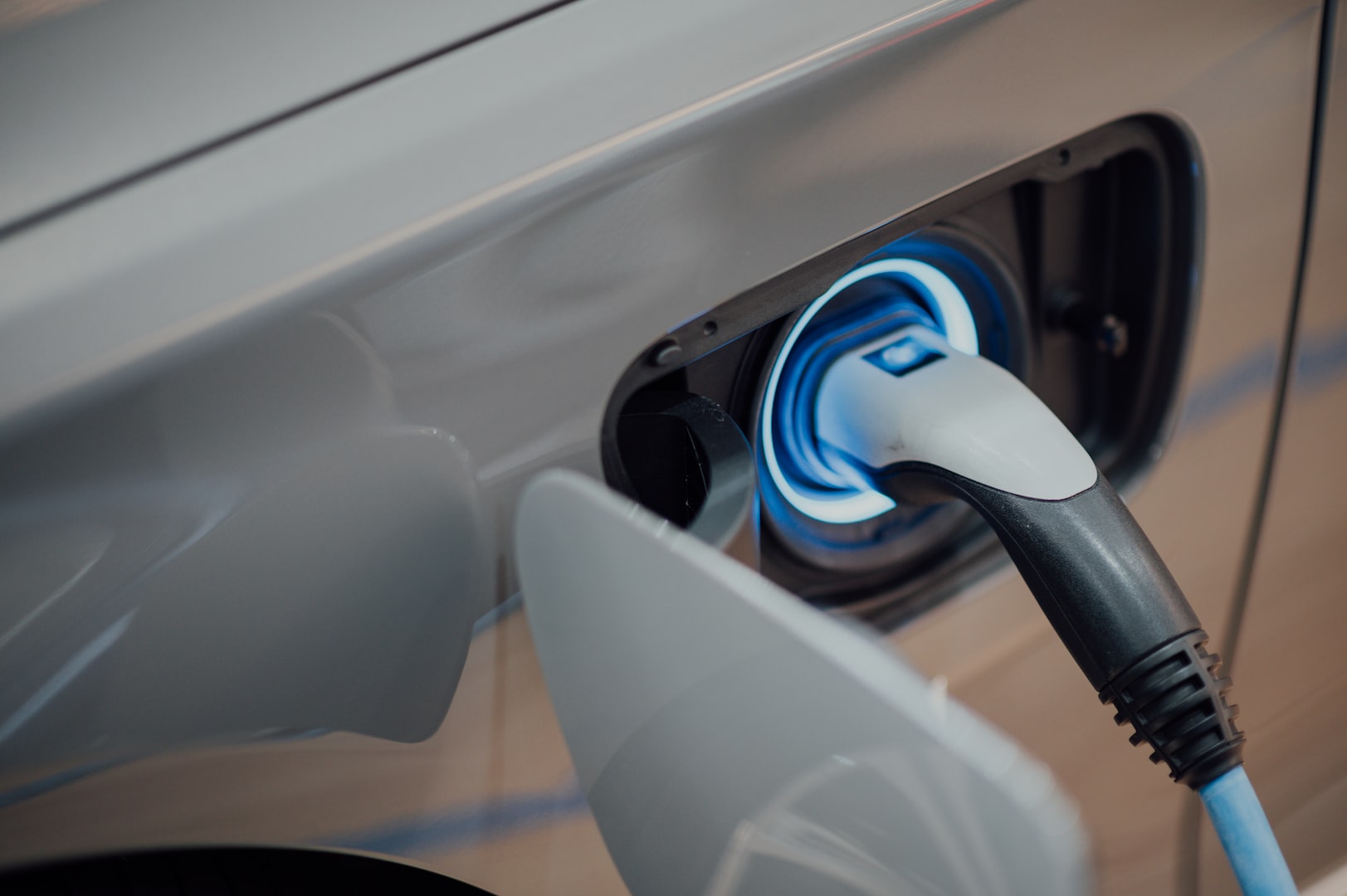
DEVON KASH
Electric Cars Are Conservative
They're paving the road to energy independence, cost savings and a more efficient future.
This website uses cookies to ensure that you have the best possible experience when visiting the website. View our privacy policy for more information about this. To accept the use of non-essential cookies, please click "I agree"

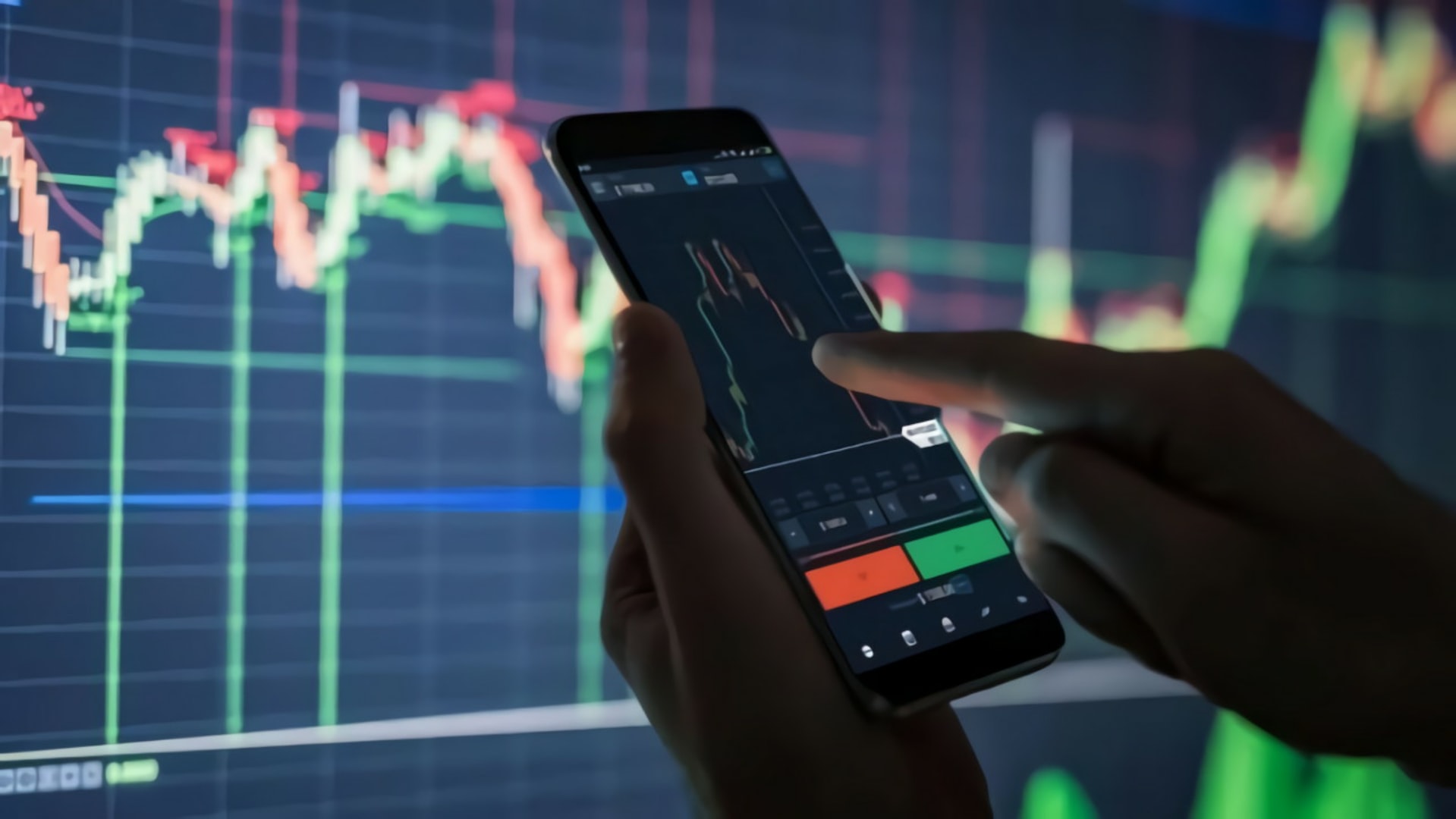
A company built around adored intellectual property that’s in the theme parks, movies and merch business? That sounds a whole lot like Disney, the M&A-obsessed pop culture behemoth that, under CEO Bob Iger, has gobbled up everything from Star Wars to Marvel. Asked if the Mouse House is a model for Nintendo’s future, Furukawa doesn’t bite. “We’ve never tried to imitate any other company,” he says, later adding that “the idea of using our IP in things like theme parks or movies is simply an extension of the philosophy we’ve had all along.”
And to be sure, Nintendo’s strategy is less about acquisitions and more about in-house creations. But, wandering around Nintendo World, with its shelves upon shelves of Mario t-shirts, stuffed Yoshi dolls and other Nintendo paraphernalia, the comparison to an Orlando gift shop is unavoidable. Nintendo may never become quite as dominant as the house that Walt built, but for many of its fans, it has at least the same power to inspire nostalgia and joy – and convert those emotions into big dollars.
- Time magazine
“Out of the total Canadian rail transport industry revenues, CN accounts for over 50% and CPR for approximately 35%. Together, CN and CP represent more than 95% of Canada's annual rail tonne-kilometres, more than 75% of the industry's tracks, and three-quarters of overall tonnage carried by the rail sector. For Canada, these two firms serve as important supply chain links for Canada's key trade corridors and gateways.” - railway suppliers

DEVON KASH
They're paving the road to energy independence, cost savings and a more efficient future.
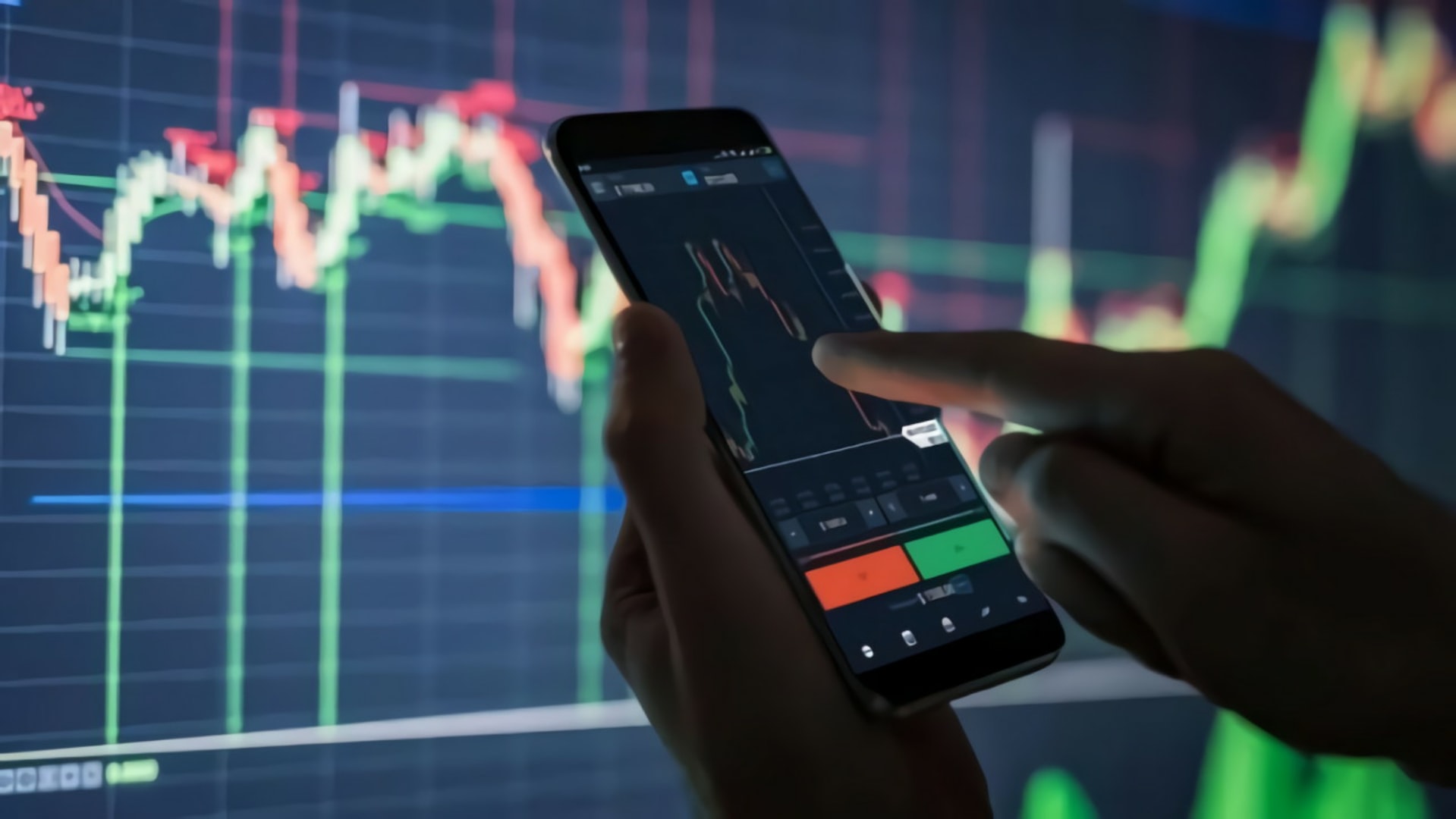
GRANT JOHNSON
You won't lose with these four picks.
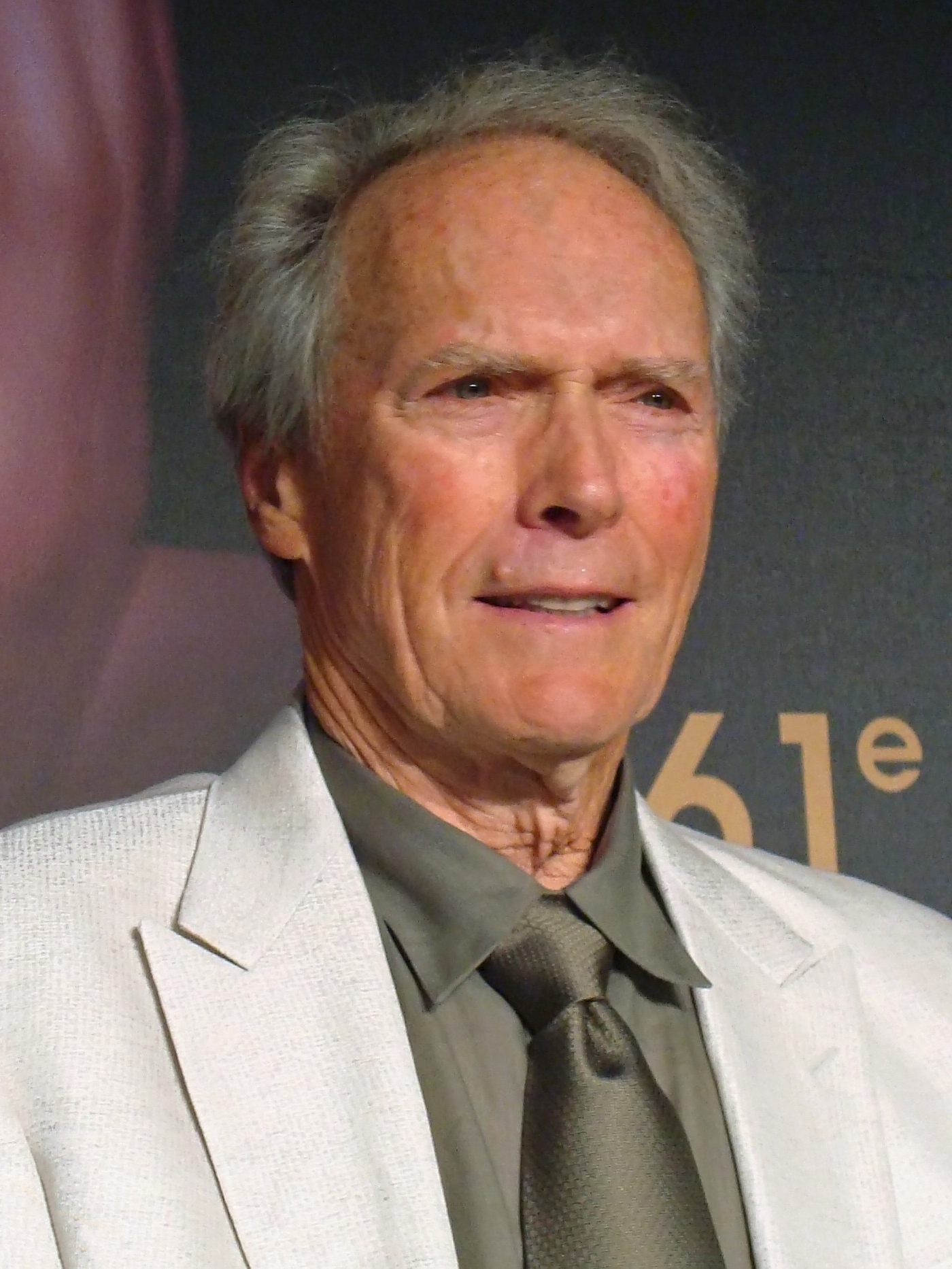
TARA MURRAY
These three, more recent, conservative movies can be found on various streaming services.

RYAN TYLER
We now kill the mentally unfit and abuse our children.
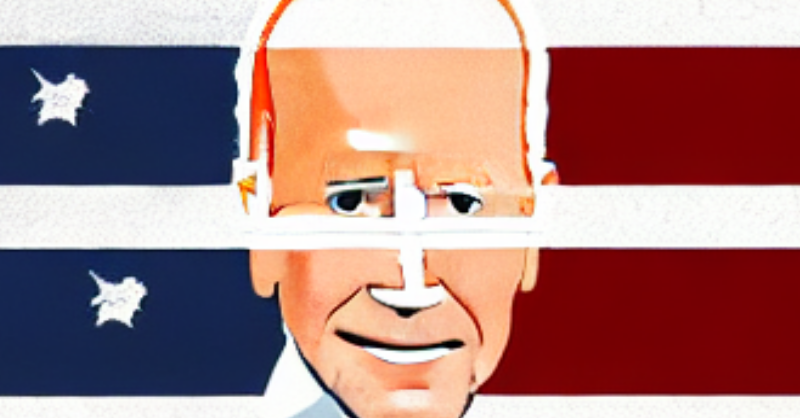
THOMAS CARTER
Donald Trump has no chance of winning the next presidential election, unless this happens.

RYAN TYLER
The system is failing and most Canadians want to keep it public, but bad apples are draining our resources.

RYAN TYLER
An analysis of where Alberta is going and what the province's next election might look like.